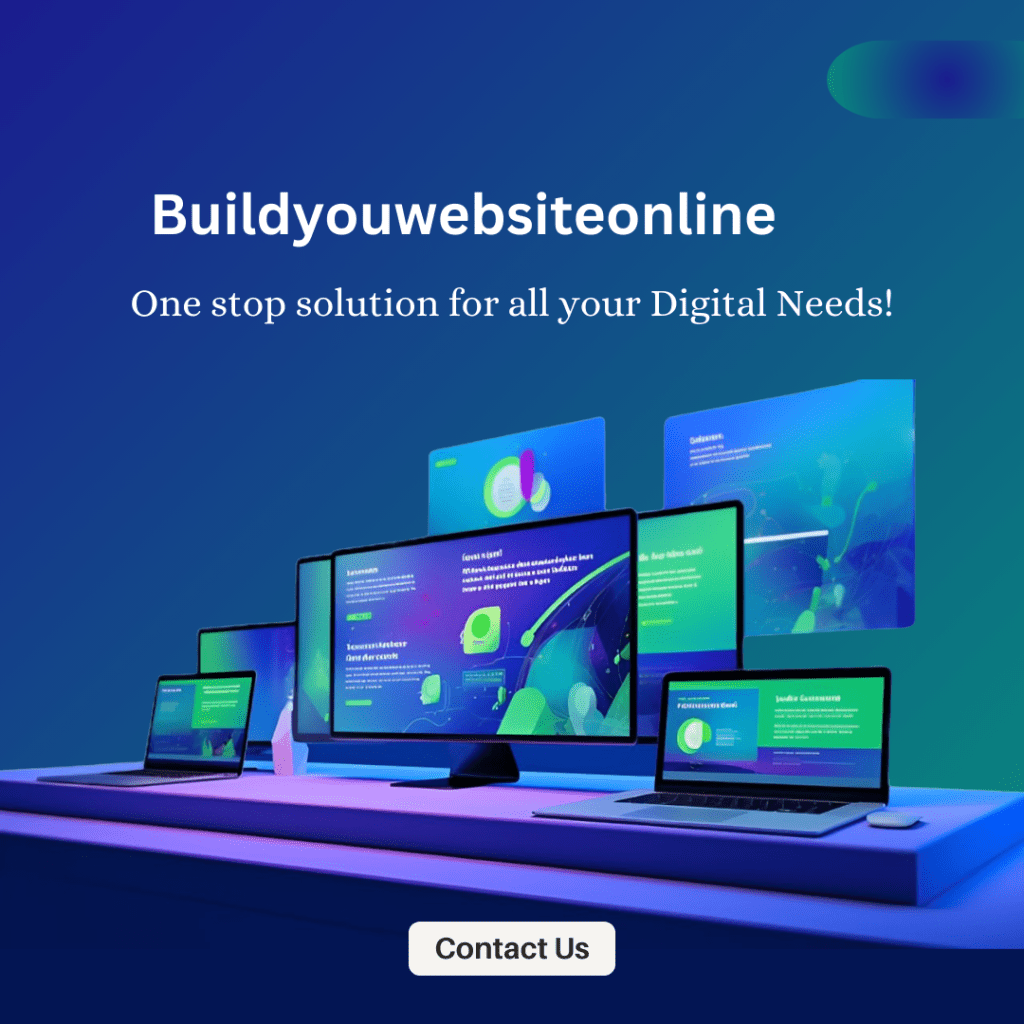A compelling online presence is key for businesses in today’s landscape, and our website designing services are here to assist. Firstly, this step-by-step overview details our process, which ensures a smooth experience from beginning to end. Moreover, we guide you through each stage to make the process as seamless as possible.
Understanding the Purpose and Goals
Understanding the key aspects is crucial, as it guides our website designing services in developing a customized solution that aligns with your requirements. Firstly, the initial step in the website development process is to identify the purpose and objectives of the website. Additionally, this helps ensure that the final design meets your specific needs and goals.
- What is the primary purpose of the website? (e.g., e-commerce, portfolio, blog, informational)
- Who is your target audience?
- What specific goals do you want to achieve? (e.g., generate leads, sell products, provide information)
Choosing a Domain and Hosting
Your domain name is your website’s address on the internet, while hosting is where your website files are stored.
- Domain Name: Choose a domain name that is easy to remember, relevant to your business, and includes keywords if possible.
- Hosting: Select a reliable hosting provider that offers good performance, security, and customer support.
To learn more about domain registrars with a wide variety of domain extensions, click here.
Using a Reliable Content Management System (CMS)
- Choose a platform: Decide whether you will use a website builder (e.g., WordPress or Wix) or create a custom website from scratch.
Selecting a Responsive Theme
- Choose a theme that aligns with your brand’s identity and is mobile-friendly. A responsive theme ensures your website looks good on all devices, enhancing the user experience.
Designing Crucial Pages
- Create the key pages for your website: Home, About, Services/Products, Contact, and Blog. Each page should have clear, engaging content and a call to action.
Setting Up Analytics
Use tools like Google Analytics to track your website’s performance. Monitor traffic, user behavior, and conversion rates to make data-driven decisions. There are a few tools that provide insights into your website traffic and user engagement. Click here to learn more.
Ensuring Mobile Compatibility
With a significant portion of traffic coming from mobile devices, therefore, it is crucial to ensure your website is fully responsive. In addition, our website design services include testing your site on various devices to ensure it works seamlessly across all platforms. Furthermore, this ensures that every user, regardless of their device, has a smooth and engaging experience.
With a significant portion of traffic coming from mobile devices, it’s crucial to ensure your website is fully responsive. Our website design services include testing your site on various devices to guarantee it works seamlessly across all platforms.
Integrating Social Media
Add social media buttons to your website to encourage visitors to share your content. Display your social media feeds to engage visitors and keep them updated with your latest posts.
Setting Up Security Measures
Implement security features to protect your website and your users. Install an SSL certificate, use strong passwords, and keep your software up-to-date.
Launching and Promoting the Website
Before going live, test your website thoroughly. Once ready, promote your site through social media, email marketing, and other channels to attract visitors.
Conclusion
Building a website for your small business involves careful planning and execution. By following these steps and leveraging our website design services, you can create a professional and effective online presence that supports your business goals. Click here to explore our services.




